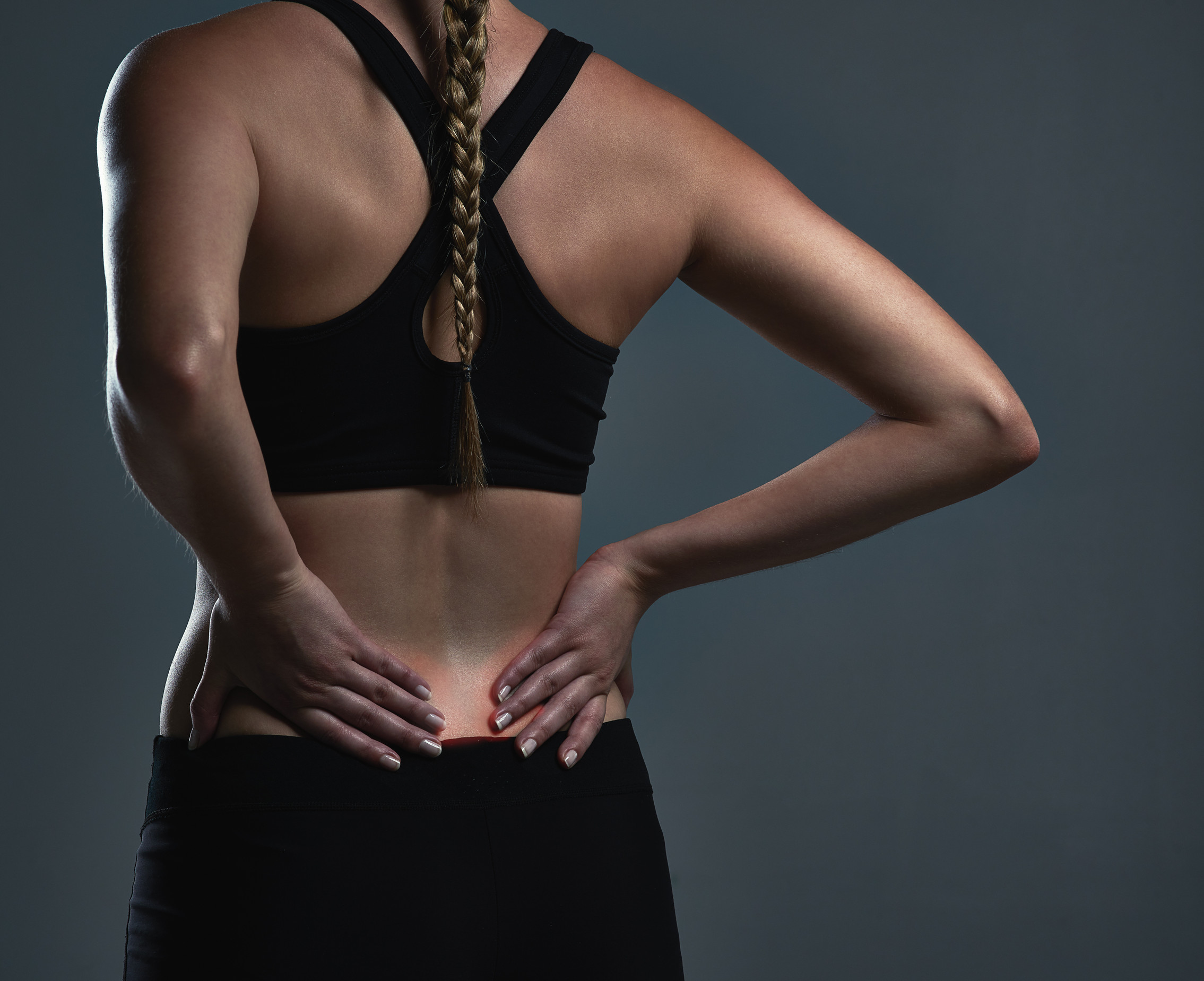Your cart is currently empty!
Tag: chronic pain
-
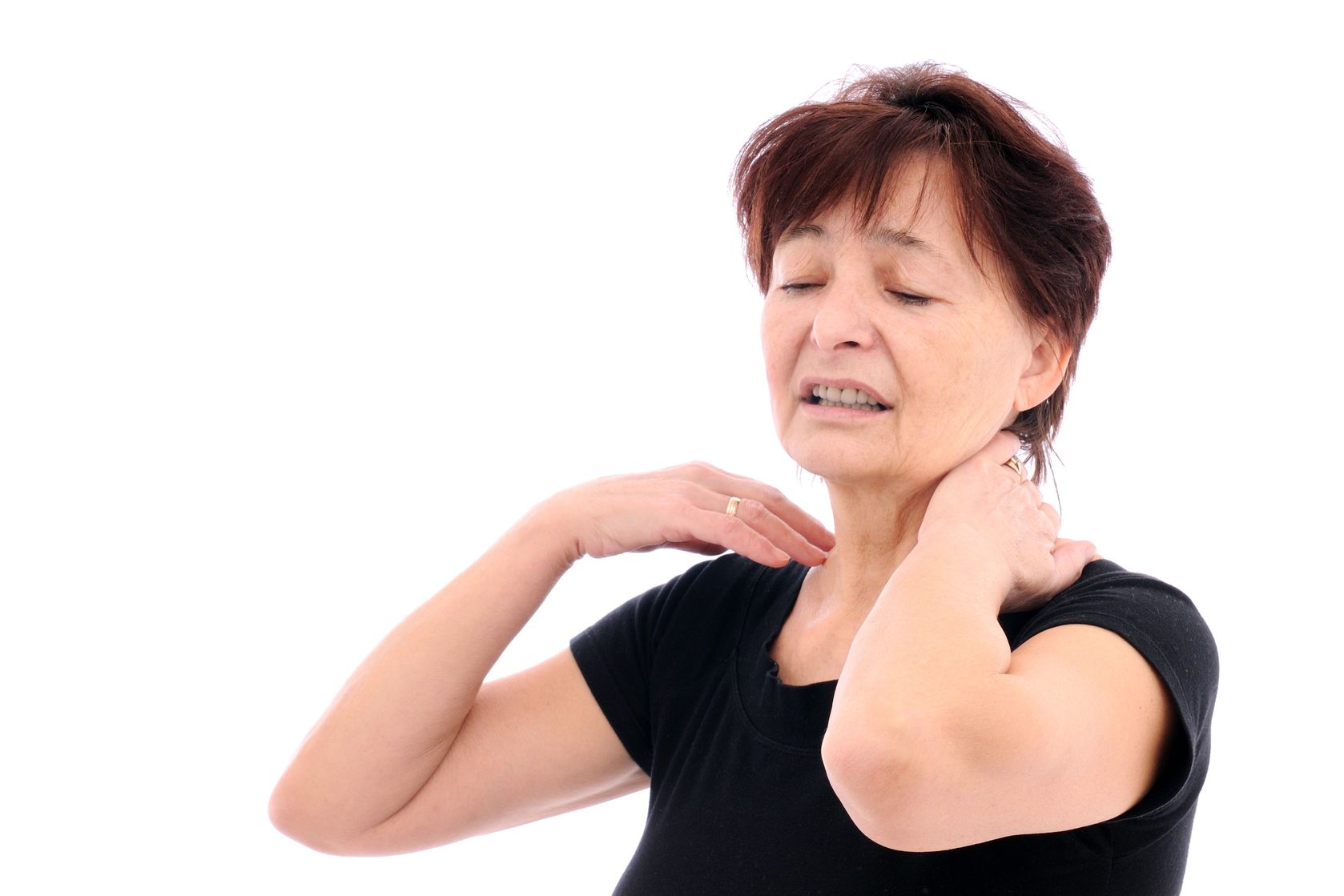
Feldenkrais for Fibromyalgia
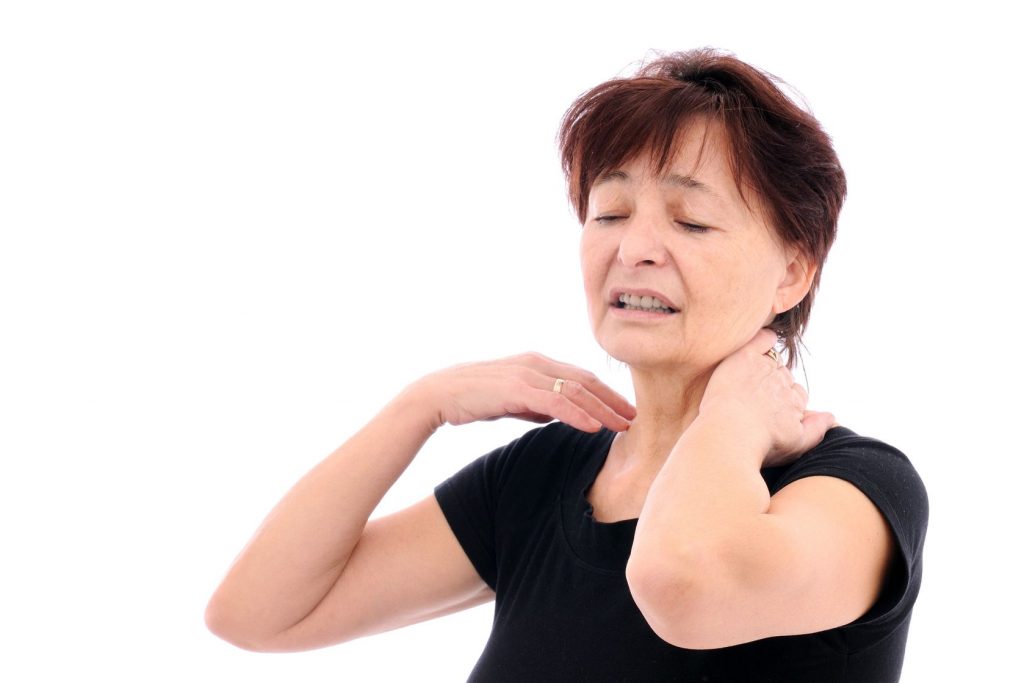
Feldenkrais for Fibromyalgia
How Feldenkrais Can Help Fibromyalgia
The Feldenkrais Method is a way of changing your habits in order to make movement easier, more comfortable and more enjoyable (while making your brain more flexible). Feldenkrais rhymes with ‘rice’ and is named after it’s inventor, Dr Moshe Feldenkrais. Read more about Feldenkrais here.
 Hello, my name’s Jodie and I’m a Physiotherapist with over 25 years experience in working with people who have chronic pain, including many people, past and present, with Fibromyalgia. Read more about my work experience.
Hello, my name’s Jodie and I’m a Physiotherapist with over 25 years experience in working with people who have chronic pain, including many people, past and present, with Fibromyalgia. Read more about my work experience.If you are battling with daily pain and fatigue, I can truly empathise. I used to laugh about the fact that I seemed to have had pain in every part of my body. I figured that it helped me develop new forms of self-treatment that I could teach my clients. I also felt that it made me a more compassionate therapist.
However it was a strange surprise when a few years ago I was diagnosed with Fibromyalgia myself. Since my mid 30s I have used Feldenkrais, Pilates, diet, exercise, massage, medication and meditation to help deal with variable daily pain and fatigue. My rheumatologist suggested that the reason that my Fibro has not stopped me from having an active and satisfying life is simply good management. So now I am on a mission to share with you the things that have worked for me over the years.
Although I have tried many approaches, the Feldenkrais Method is by far the most effective and powerful tool I’ve discovered to help with the persistent and sometimes severe pain of Fibromyalgia.
Over the years, I have seen many people with severe pain and movement difficulties turn their lives around using Feldenkrais. One client who had not experienced even one minute without pain for over 20 years did Feldenkrais with me for 3 months before he experienced his first 2 hours of being pain free. The pain-free periods gradually got longer and more frequent. After one year he was pain free most of the time. When he experiences pain now he knows how to find his way out of it again using the Feldenkrais Method.
This leads me to share with you 6 reasons why the Feldenkrais Method and is so suitable for many people with Fibromyalgia:
- Encouragement – a sense of relaxation and wellbeing is often experienced from the very first time you do a movement lesson and the enjoyment makes you want to continue
- Slow gentle pace – the slow mindful movements make it safe and help avoid flare-ups,
- Energy conservation – the focus is on efficient movement and reduced effort – imagine how much more energy you would have if you could bring this approach to everything you did!
- Flexibility and adaptability – each person is unique and different, and the exercises are easily adapted to your particular situation and needs
- Prevention – you become more sensitively tuned into your body so that you realise more quickly when you are doing something that will end in pain later
- Autonomy – you can learn to do Feldenkrais for yourself, reducing the need for hands-on treatment
No matter what your pain is like, how long you’ve had it, or how severe it is, almost everyone can improve their pain by improving their movement. The latest neuroscience suggests that the pain in Fibromyalgia, is not due to a problem in the tissues themselves, but to a dysfunction in the way the brain and nervous system transmit and interpret pain signals. This results in an increase in sensitivity to pain and to pain amplification.
The movements in Feldenkrais can help to decrease pain and improve your ability to perform everyday activities. The gentle, mindful movements send new and different messages to your brain through pleasant sensations, changing the way your brain and nervous system function. You begin to understand how some of your movement habits may not be working for you and you discover new options. This is a learning process which includes your whole body and your mind, not just the parts of you that hurt.
If you’d like to learn more, you can view video of a talk I gave to the Fibromyalgia Support Network of Western Australia. This includes a short Feldenkrais ‘Awareness Through Movement’ lesson you can try while sitting in a chair.
As you may be able to tell, I’m passionate about the Feldenkrais Method, so I hope you will feel free to contact me at Free2Move if you have any questions or if you’d like to book in for an individual Feldenkrais appointment.
-

Change Your Brain to Relieve Pain: An Introduction to Feldenkrais

Change Your Brain to Relieve Pain: An Introduction to Feldenkrais
Have you or someone you care about been experiencing chronic pain, with persistent or recurring episodes of pain or tension? Have you tried treatments which only work for a short time or don’t work at all? Then this enlightening evening about the Feldenkrais Method will open your mind to a new possibility – the possibility that your problem does not lie within the body part where you feel it, but in the brain and nervous system.
The great news is that you can change your brain and relieve almost any kind of pain with an ingenious method developed decades ago by a scientist ahead of his time, Dr Moshe Feldenkrais. Put simply, the Feldenkrais Method is a way of changing your habits to make movement easier, more comfortable and more enjoyable (while making your brain more flexible).
Current pain science tells us that if you’ve had pain for more than 3 months (chronic pain), the main problem is usually no longer in the tissues, muscles or bones, it’s actually in your brain and nervous system, which is where all pain is sensed. The movements in Feldenkrais are designed to send new and different messages to your brain, changing the way your brain and nervous system function. Feldenkrais works with your whole body and your mind, not just the parts that hurt. Read more about Feldenkrais.
Presenter Jodie Krantz is the President of the Australian Feldenkrais Guild (WA Division) and has been a registered Physiotherapist for over 25 years. Read more about Jodie’s experience and values.
Jodie has helped many people with seemly intractable chronic pain turn their lives around, using Feldenkrais:
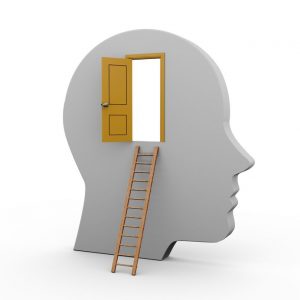
Feldenkrais: Changing your Brain “It is by far the most effective and powerful method I use. One client, who had not experienced a single minute without pain for over 20 years did Feldenkrais with me for 3 months before he experienced his first 2 hours of being pain free. The pain-free periods gradually got longer and more frequent. After one year he is pain-free most of the time. When he experiences pain now he knows how to find his way out of it again using the Feldenkrais Method.
“Another client with Rheumatoid Arthritis went from severe difficulty walking to being almost pain-free in a couple of months. Many people find Feldenkrais is a great bridge that enables them to move on to more vigorous forms of exercise such as walking or Pilates.”
So what are some of the things that make Feldenkrais stand out over other methods?
- Changes can begin to occur from the very first time you do Feldenkrais
- Improvement is usually gradual and cumulative – the slow, gentle pace is what makes it safe and helps avoid flare-ups
- Autonomy – you can learn to do Feldenkrais for yourself, reducing the need for hands-on treatment and maybe lessening the need for medication
- Prevention – you become more sensitively tuned into your body so that you realise more quickly when you are doing something that will end in pain later on
- Each person is unique and different, so the exercises have built in flexibility and adaptability to your particular situation and needs
To understand what Feldenkrais is you need to actually experience it. So come along to the Bodhi Tree and experience Feldenkrais first hand.
This is how the evening will go:
- Brief description of the Feldenkrais Method
- How it works to change your brain and your pain
- Experience a Feldenkrais “Awareness through Movement” lesson sitting in chairs
- Questions and Answers
- Informal chat with Jodie after the workshop
-

Introduction to the Feldenkrais Method: ‘New Light on Old Patterns’
Introduction to the Feldenkrais Method: ‘New Light on Old Patterns’
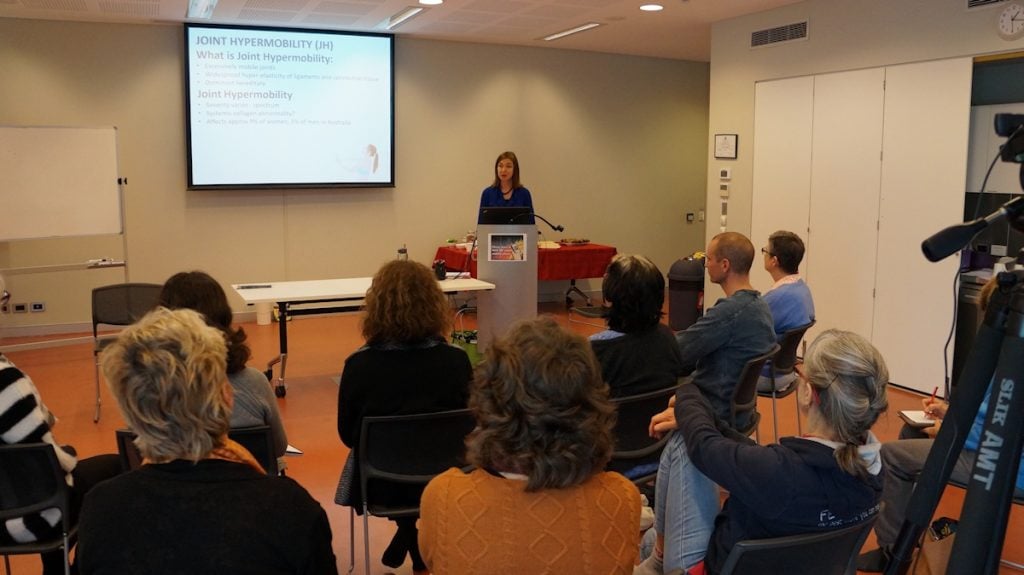
On Tuesday 11th November, Perth Physiotherapist Jodie Krantz from Free2Move in Mt Hawthorn presented a 2 hour workshop to recently graduated Physios at the Australian Physiotherapy Association branch office. Fourteen Perth Physiotherapists, who have graduated within the last 5 years, had the opportunity to experience the Feldenkrais Method first hand from a presenter with over 20 years experience in the field.
Ms Krantz invited participants to engage with questions such as:
- How do we change habits which no longer serve us?
- What about the stubborn, longstanding patterns which seem to defy change?
- Is there a ‘right’ and a ‘wrong’ way to move? or breathe?
- How can the discoveries we make about our own movement patterns enhance our ability to educate our clients?
- What does it mean to re-educate our movement patterns and why is it necessary?
- How can we have more power with less force? greater range with less strain?
The Feldenkrais Method is based on the life work of Dr Moshe Feldenkrais (1904 – 1984). Dr Feldenkrais, an inventor, nuclear physicist and judo expert, understood ‘neuroplasticity’ – the ability of the brain and nervous system to adapt, change and re-wire itself – long before it became a buzzword in popular science. His frequently subtle yet profound and powerful method of movement re-education is useful for anyone seeking to change patterns of pain and tension and replace them with a sense of ease and freedom.
The Feldenkrais Method is popular with Physiotherapists and people seeking to overcome chronic pain or neurological problems as well as athletes, dancers and performing artists, who wish to become more graceful, coordinated, efficient and powerful.
Ms Krantz describes Feldenkrais as a scientific approach to movement re-education, which focuses on improving the human capacity for learning. It involves directing the attention to the body in a relaxed, enjoyable and mindful way, while exploring slow, gentle yet unusual movement sequences. This helps Feldenkrais students become more aware of muscular habits and tension patterns, allowing them to discover new and more efficient patterns of movement. Ultimately Dr Feldenkrais was not just interested in flexible bodies but in flexible minds.
In her work as a Physiotherapist, Ms Krantz finds that the Feldenkrais Method is particularly helpful for people with chronic pain issues such as back pain, headaches, shoulder pain and hip pain.
“Feldenkrais looks at the whole body and how the different body parts work in relation to each other” said Ms Krantz. “Instead of focusing on the pain itself, the focus is on pain-free, comfortable movement. The relaxing and enjoyable movements have a positive effect on physical and mental well being, helping break the vicious cycle of pain, tension and poor posture, which often occurs with chronic pain.”
Ms Krantz has been invited to present another workshop for the Australian Physiotherapy Association on the Feldenkrais Method in 2015 on the topic of Feldenkrais for Chronic Pain. She will also present a Chronic Pain workshop for the Australian Feldenkrais Guild next year.
-

7 Steps to Reducing Tension Headaches
7 Steps to Reducing Tension Headaches

By Principal Physiotherapist Jodie Krantz
To get relief from tension headaches, follow this process to ensure effective diagnosis and treatment.
Step 1: Get a check up from your GP
Although most headaches are harmless, it’s a good idea to see your GP to ensure it is not being caused by something more serious. You should see your doctor immediately if you have severe pain, which is not relieved by normal over-the-counter medications, if it was related to a head injury, or involves loss of consciousness, fever, vomiting, blurred vision, difficulty speaking or numbness of the arms or legs. Your doctor can assist with diagnosing the cause of your headaches. Tension headaches and migraines are the most common cause of headaches and many people have a combination of the two.
While visiting your GP, consider discussing your stress levels and mood. Anxiety and depression can be contributing factors when you have recurrent headaches.
Step 2: Start keeping a headache diary
This will help you to keep track of your headaches, to know whether you are improving and to get a better understanding of the likely triggers for your headaches. Taking your headaches diary with you when you visit a health care professional assists with the process of diagnosis and treatment of your headaches. Download a headache diary here.
Step 3: Get a headache assessment from your Physiotherapist
See your Physiotherapist for a check up. Ask for an assessment of your posture, flexibility, muscle strength and endurance, as these factors are likely to be contributing to your headaches. Some headaches are caused by referred pain from the small facet joints in your neck. These headaches often respond well to gentle mobilization techniques.
A common cause of headaches is poor posture. People who get recurrent tension headaches are often holding their head too far forward, causing the muscles at the back of the neck to work overtime. They may also have a tendency to hunch the shoulders forwards and upwards, tightening the upper trapezius and other adjacent muscles. These muscles are often the primary source of the headaches which are felt in the back of the head and neck, in the temples and behind the eyes. The pain is often described as being like a tight band around the head.
Once you’ve had an assessment your Physiotherapist can help you work out a treatment and / or home exercise programme to relieve your headaches. At Free2Move our approach is to provide the minumum necessary one-to-one treatments and get you self-managing through a customised exercise programme in the shortest possible time.
Request a Headache Assessment at Free2Move
Step 4. See your Dentist
Jaw tension is another common cause of tension headaches. It’s a good idea to have your dentist check whether you have been clenching or grinding your teeth. A lot of people – some dentists say most – clench their teeth in their sleep. This will be evident from the wear patterns on your tooth enamel. A night guard (occlusal splint) can often reduce or even eliminate headaches associated with jaw tension. The Feldenkrais Method is also very helpful for reducing jaw and neck tension, which can lead to headaches.
Try a free Feldenkrais Lesson on Releasing your Neck and Jaw. You can also see your Physiotherapist for one-to-one assessment and treatment of jaw pain or tension.
Step 5: Get an ergonomic assessment of your workstation
Do you sit at a computer for long periods of time? How is your posture while you work? Although most people try to maintain good posture at their desk, this is hard to attain and even harder to sustain if your ergonomic set-up is incorrect. Consider asking your employer to arrange an ergonomic assessment of your workstation. To request an ergonomic workstation assessment in Perth Western Australia, Contact Us at Free2Move.
The two most important factors are your chair and your monitor. Most good ergonomic chairs have 3 levers underneath, one to adjust chair height, one for the angle of the seat and a third for the angle height and position. The back rest should also be adjustable so that the lumbar support is in the right place. Get your chair properly adjusted and each day when you sit down to begin your work check that it’s in the right position. Use a footstool if required and ensure that the top of your monitor is level with, or just below the height of your eyes.
Speaking of eyes, when was the last time you had them tested? Eye strain can also be a cause of tension headaches.
Last but not least, get up out of your chair and walk around once an hour at the very minimum. There are some great programmes and apps now to help remind you about this. Make sure you have a system in place.
Step 6: Improve your exercise regime
It’s not a theory, it’s a fact: regular cardio-vascular exercise can reduce the frequency, severity and duration of tension headaches. Exercise helps because it improves circulation to all your muscles, reduces stress and tension, and has a beneficial effect on the brain and nervous system, through which all pain is sensed.
Aim to spend a minimum of 2.5 hours every week participating in an enjoyable form of moderately vigorous activity. The ideal is 30 to 60 minutes of exercise at least 5 days per week. You can walk, swim, cycle or play sport – anything that increases your heart rate and gets you breathing a little more deeply. This needs to become part of your regular routine, so it’s a good idea to put a structure in place that supports that.
Walking often works because it’s free and you don’t need any special equipment or environment. It’s also a form of locomotion and an fundamental ability to maintain as you get older. So walk to work, walk your dog or walk with a friend and help each other maintain your exercise goals. If it’s too wet or hot you can even walk inside your local gym or shopping centre.
Step 7. Reduce your stress levels
Stress often contributes to recurrent or chronic tension headaches. People who are stressed may resort to unhealthy ways to reduce stress, such as excess use of alcohol, smoking, taking pills or drugs, overeating, excess consumption of sugar or caffeine. Some people avoid facing their worries and concerns by being so busy they never have time to slow down or by watching TV to avoid thinking or feeling.
Important aspects of reducing stress are eating a balanced nutritious diet, participating in regular exercise and getting adequate sleep.
Healthy ways to relax include things like going for walk in nature, taking a hot bath by candlelight or getting a massage. Consider doing some gardening, listening to music, or playing with a pet. You could consider taking classes in Feldenkrais, meditation or Tai Chi. Whatever you do, build it into your weekly routine and set aside time that you will devote to relaxing your mind and body.
Reducing stress includes taking responsibility for the way that you manage problems, thoughts and emotions. If you can’t change the circumstances that result in stress, change the way you respond to it. For help and support with managing stress in Australia, talk to your GP about a referral to a Clinical Psychologist. You may be eligible for a rebate through Medicare.
-

Common Types of Arthritis

Comparison of Rheumatoid and Osteo Arthritis Common Types of Arthritis
Arthritis is a common condition causing joint pain, stiffness and swelling. The most common types are Osteoarthritis and Rheumatoid Arthritis. These are distinctly different. In this article we will describe Osteoarthritis, Rheumatoid Arthritis and Fibromyalgia.
Osteoarthritis
Osteoarthritis (OA) is the most common form of arthritis. It occurs when the cartilage that lines the joints wears down. This may be due to past injury, cumulative wear and tear or simply the ageing process.
OA commonly occurs in the large weight-bearing joints of the body – the hips, knees, feet and spine but it can also affect any of the synovial joints in the body, including the fingers, thumbs, shoulders, elbows and jaw. There is usually stiffness in the morning and pain may be worse after prolonged or heavy activity.
Over time the cartilage becomes thinner and loose pieces debris can float in the synovial fluid, which lubricates the joint. The bony surfaces of the joint can also develop projections called osteophytes. These may contribute to pain and inflammation.
Research shows that keeping active and maintaining your weight in the healthy range is the best approach to managing osteoarthritis. Advanced osteoarthritis can result in loss of normal strength and mobility. Eventually surgical options such as arthroscopy or joint replacement may be indicated. Physiotherapy can help delay the need for surgery.
Rheumatoid Arthritis
Rheumatoid Arthritis (RA) is an inflammatory auto-immune condition in which the body’s immune system attacks the joints. Morning stiffness can typically last for half an hour or longer after rising. Pain and inflammation can be severe if the condition is left untreated.
This form of arthritis commonly attacks many joints in the body on both sides. This includes the small peripheral joints in the hands and feet, spinal joints, shoulders, elbows, knees and hips. In Australian diagnosis is usually made by a rheumatologist based on history, clinical examination, blood tests and X-rays or scans.
In RA, the synovial lining of affected joints becomes inflamed and the joints are red, hot and swollen. Without treatment there is thickening of the joint capsule. The adjacent cartilage and bone can become damaged causing joint deformity. RA can also affect blood vessels, lungs, heart and skin. New medications are available that help prevent the joint destruction and tissue damage, which people with rheumatoid arthritis previously developed.
The cause of RA is unknown, but it’s more common in women, affects smokers more than non-smokers and there are appear to be hereditary factors.
Gentle exercise helps rheumatoid arthritis sufferers to relieve stiffness and promotes good circulation, maintaining joint mobility without aggravating pain and swelling. Examples are walking, swimming, hydrotherapy. Feldenkrais can also help to maintain mobility without causing excessive joint strain.
Fibromyalgia
Fibromyalgia is not really a form of arthritis, but it has many similar features. These usually include chronic pain, aching and tenderness in multiple soft tissues and joints without changes on Xrays or blood tests. Fatigue, sleep problems, anxiety, memory problems and / or mood changes are also common. The cause is unknown, but being overweight and inactive is a risk factor.
READ MORE about how Feldenkrais can help Fibromyalgia.
VIEW VIDEO presentation on Fibromyalgia by Jodie Krantz – includes gentle Feldenkrais exercises in sitting.
Treatment: How We Can Help
Physiotherapy, Clinical Pilates and the Feldenkrais Method can all be helpful in managing the pain of arthritis and fibromyalgia. This is where our experienced Perth physios can really help. At Free2Move we initially provide a full assessment, hands-on treatment and home exercises. Therapeutic exercises help to maintain strength and range of movement without aggravating pain or swelling. Exercise also helps with circulation which supports the healing process.
CLICK HERE to read about Turmeric, a natural supplement to help ease arthritis pain and inflammation.The best place to begin is by booking an individual assessment, so that we can work out which treatment or exercise programme is best suited to your needs. -

Living with Chronic Pain

Living with Chronic Pain
Living with Chronic Pain
Pain that is present all the time or comes and goes but is present most days of the week can have a profound influence on just about every area of your life. It commonly affects mood, energy levels, relationships, sleep patterns, ability to work and participation in leisure activities.
People living with chronic pain have often already tried many approaches to relieve their pain, ranging from Physiotherapy to medication to alternative therapies such as medical cannabis. Many have resorted to injections and sometimes even surgery.
Stress and tension associated with chronic pain can lead to anxiety or depression. Sometimes you just feel like giving up, however exercise has been shown to be effective in managing chronic pain and tension as well as reducing stress and anxiety.
Safe Exercises for Chronic Pain
While exercise is an essential component in recovering from (or simply managing) chronic pain conditions, the wrong type, intensity or frequency of exercise can actually aggravate pain. This is where the professional supervision of a Physiotherapist can make all the difference, ensuring good alignment and correct technique.
At Free2Move we know how to get you exercising safely again, whether you are a trained athlete or you currently have a very low level of fitness. Our aim is not just to reduce your pain, but to safely assist you to regain your strength, flexibility and fitness. We provide structured programmes that work. You are always closely monitored and your exercises carefully progressed.
Our Physiotherapists address your aims and goals. Would you like to be able to walk more comfortably? To be able to return to your favourite sport? Or even just to roll over more comfortably in bed at night and to sleep better? It’s our job – actually it’s our passion – to be able to get you started again on the journey to better health.
Principles of Rehabilitation
Regardless of the cause or type of pain there are two main principles in rehabilitation:
- Repair the Structure – stimulate the body’s natural healing processes through balanced, appropriate and safely progressed exercise balanced with adequate rest
- Improve Function
- Distribute workload more evenly throughout the body
- Improve body awareness, posture and alignment
- Promote return to normal strength and range of movement
- Improve balance and stability
These principles underlie all of our individual and group exercise programmes.
 How We Can Help
How We Can HelpTo change chronic pain, it’s usually necessary to change the way your brain and nervous system function in relation to pain. The Feldenkrais Method, which is supported by the latest neuro-science, is designed to change the way your brain organises your movement and posture.
During a Feldenkrais individual or group lesson you learn
- to overcome habitual patterns of pain and tension and poor posture
- to create more comfortable and efficient options for movement
- to de-construct movements and then put them back together again differently
- how to relax the parts of your body that are working too hard
- how to engage places which have become forgotten or disused
- how to spread your attention throughout the whole body rather than being focused on the pain
Because the movements are so small and gentle, Feldenkrais is often the safest way to begin your journey back to greater ease and comfort. One-to-one sessions can progress to classes.
Read more about how Feldenkrais helps chronic pain
Clinical Pilates is a great way to strengthen the new movement patterns you have developed during Feldenkrais, without aggravating pain. In Pilates we closely examine the bio mechanics of your movement, looking to minimize factors which may be aggravating your pain. Our aim is to promote independent self-management in the shortest possible time frame.
-

Chronic Pain Overview

Chronic Pain Overview
Chronic or persistent pain is pain which is longstanding, usually for at least 3 months. At Free2Move our Physiotherapists have a special interest in treating persistent pain conditions, which often require a different approach. This means addressing the cause of the pain, not just relieving symptoms.
Causes
Back pain, neck pain, headaches, migraines, jaw pain (TMJ pain) and arthritis are examples of conditions which may become chronic. Fibromyalgia, cancer and irritable bowel syndrome are others. Sometimes it has a known pathological or structural cause, such as in a disc herniation or trochanteric bursitis. Other times no specific cause can be identified.
Recent research suggests that when pain has been present for over 3 months, sensitisation of the nervous system occurs. Although many people with this type of pain believe they have a high pain threshold, long-standing pain actually results in neurological changes which increase your sensitivity to pain.
How We Can Help
To change longstanding pain, it’s usually necessary to change the way your brain and nervous system function in relation to pain. The Feldenkrais Method, which is supported by the latest neuro-science, is designed to change the way your brain organises your movement and posture.
Principal Physiotherapist Jodie Krantz qualified as a Feldenkrais Practitioner in 1999 and has a special interest in treating persistent pain conditions. For 7 years Jodie taught Feldenkrais as part of the Bunbury Pain Management Programme. Feldenkrais is a whole body approach, but unlike Yoga or Pilates, it is not about exercise – it’s about learning to move differently.


